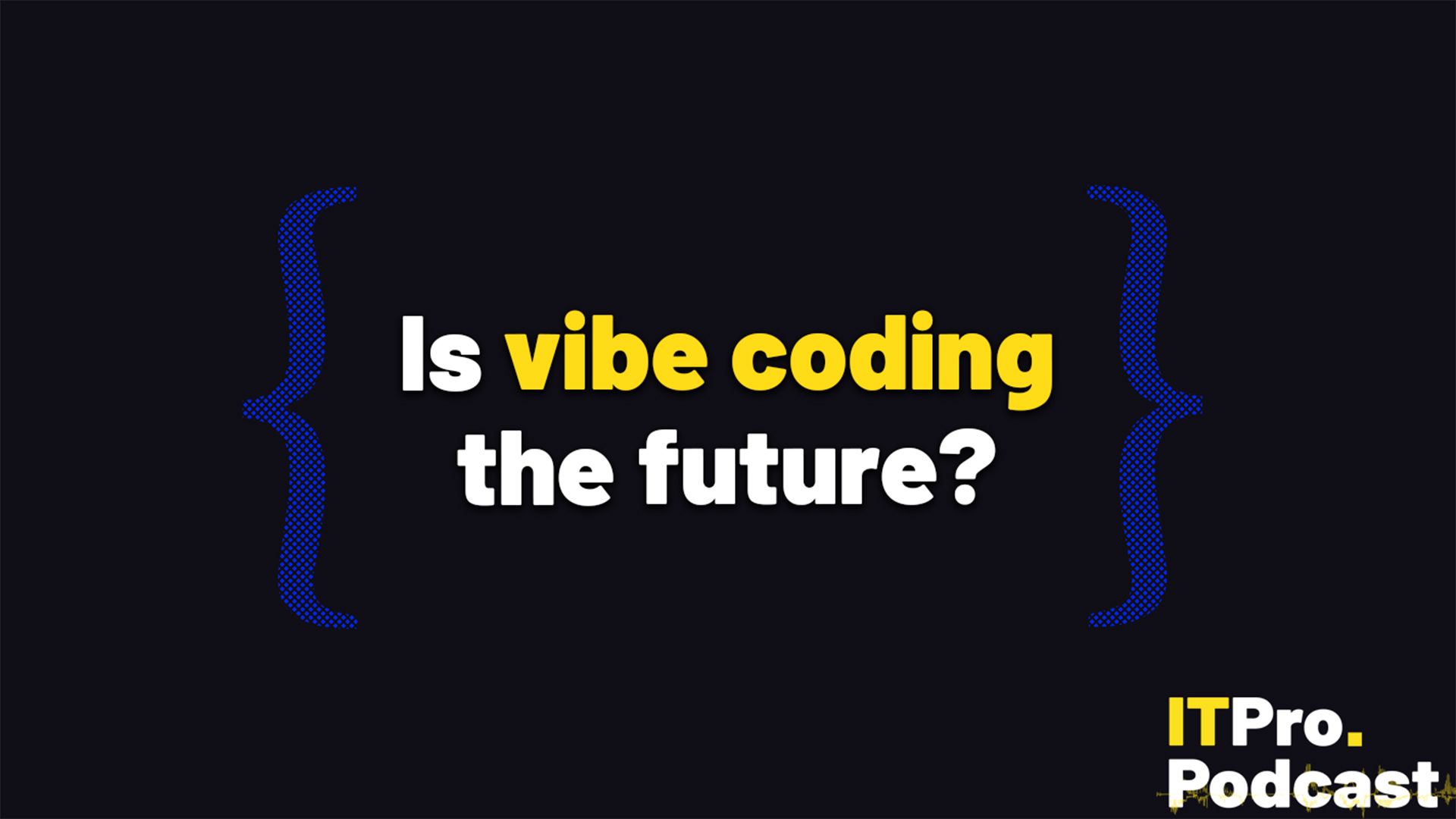
"I think currently, vibe coding and the process of vibe coding has some of limitations. I think the challenge of vibe coding is that they are trying to speed up the part of development that people find most difficult, which is writing the code. And you know that that comes with a lot of advantages. You can get things done very, very quickly, but it often forgets about all the other challenges with software development, things like being able to do peer reviews,"
"You need to need to give it context of your organization and how it builds software. Not just the code but how do I evaluate what type of software we should even be building as an organization? How do I assign the value to it? How do I understand which projects to pick first? You need to be able to give it context around how you govern, how you audit projects."
"They've taken a coders' approach to a no coders' world. Let's say it makes sense. So they've gone, okay, well, we need to build applications quicker. The best way we can do that is by giving AI the ability to generate code. Okay, great. That works if you're giving to a developer audience, not so great if you're giving it to maybe more of a citizen develo"
Vibe coding uses broad prompts to AI models to rapidly generate refined, often deployable code, accelerating the coding phase. The hands-off nature of vibe coding reduces developer understanding and explainability of code, increasing the chance of overlooked vulnerabilities. Vibe coding can skip peer review, deployment hardening, and other software development lifecycle practices unless those steps are intentionally preserved. Effective use of vibe coding requires providing organizational context, governance, auditing, project prioritization, and value assessment. Vibe coding offers productivity and speed benefits, but long-term safety and quality depend on integrating AI outputs into full lifecycle controls and oversight.
Read at IT Pro
Unable to calculate read time
Collection
[
|
...
]